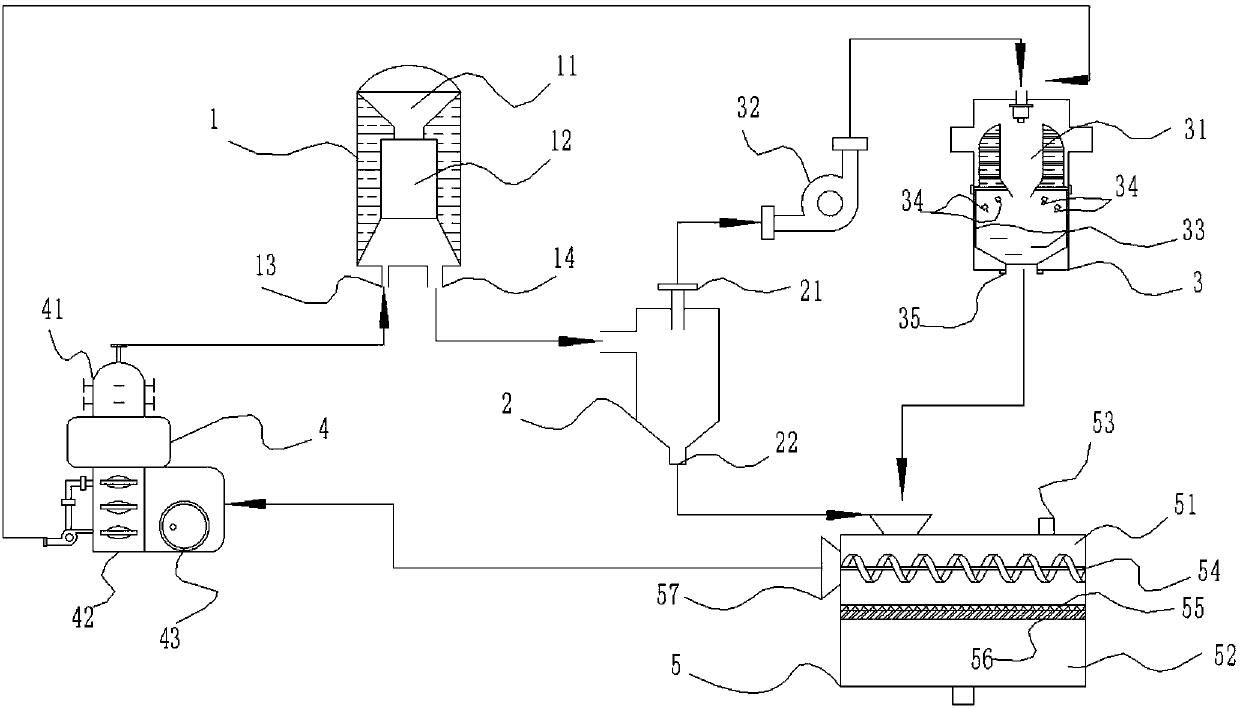Method for remedying heavy metal contaminated soil by combining plants with microorganisms
A technology for microbial remediation and contaminated soil, which is applied in the field of remediation of heavy metal-contaminated soil by using plants combined with microorganisms. It can solve the problems of soil structure damage, soil fertility degradation, and large engineering workload, and achieve the effects of strong drought resistance, vigorous growth, and well-developed root system.
- Summary
- Abstract
- Description
- Claims
- Application Information
AI Technical Summary
Problems solved by technology
Method used
Image
Examples
Embodiment 1
[0024] Embodiment 1: The present embodiment provides a kind of method utilizing plant joint microorganism to remediate heavy metal contaminated soil, and remediation method comprises the following steps:
[0025] (1) Plow the polluted soil 40cm deep, cultivate the soil finely, and then bury a mesh pipe with a diameter of 30mm at 40cm underground. The pipe is equipped with a 2mm vent hole every 10cm, and a layer of filter membrane is wrapped outside the vent hole. , wherein, after the filter membrane is mixed with polytetrachlorethylene, difluoride copolymer, and polym-phenylene isophthalamide in a mass ratio of 7:1:2, the molar The percentage is 5% and the porous filter membrane formed on the titanium dioxide carrier is compounded. The filter membrane can prevent soil from entering the steam pipeline and blocking the pipeline, thereby affecting the efficiency of sterilization and disinfection. The opening rate of the porous filter membrane is 70%, and the pore size is 0.1 μm. ...
Embodiment 2
[0029] Embodiment 2: The present embodiment provides a kind of method utilizing plant joint microorganism to remediate heavy metal contaminated soil, and remediation method comprises the following steps:
[0030] (1) Plow the polluted soil 40cm deep, cultivate the soil finely, and then bury a mesh pipe with a diameter of 35mm at 40cm underground. The pipe is provided with a 2.5mm vent hole every 10cm, and a layer of filter is wrapped outside the vent hole. Membrane, wherein, the filter membrane is mixed with polytetrachlorethylene, difluoroethylene copolymer, and polym-phenylene isophthalamide in a mass ratio of 7:1:2, and then heated at 135°C and vacuum. A porous filter membrane formed on a titanium dioxide support with a molar percentage of 20%. The filter membrane can prevent soil from entering the steam pipeline and blocking the pipeline, thereby affecting the efficiency of sterilization and disinfection. The opening rate of the porous filter membrane is 77.5%, and the por...
Embodiment 3
[0034] Embodiment 3: This embodiment provides a kind of method utilizing plant joint microorganism to remediate heavy metal polluted soil, and remediation method comprises the following steps:
[0035] (1) Plow the polluted soil 40cm deep, cultivate the soil finely, and then bury a mesh pipe with a diameter of 40mm in the ground 40cm. The pipe is equipped with a 3mm vent hole every 10cm, and a layer of filter membrane is wrapped outside the vent hole. , wherein, after the filter membrane is mixed with polytetrachlorethylene, difluoride copolymer, and polym-phenylene isophthalamide in a mass ratio of 7:1:2, the molar The percentage is 30% composited to the porous filter membrane formed on the titanium dioxide carrier. The filter membrane can prevent soil from entering the steam pipeline and blocking the pipeline, thereby affecting the efficiency of sterilization and disinfection. The opening rate of the porous filter membrane is 85%, and the pore size is 1 μm. Then cover the g...
PUM
| Property | Measurement | Unit |
|---|---|---|
| Aperture | aaaaa | aaaaa |
| Aperture | aaaaa | aaaaa |
| Aperture | aaaaa | aaaaa |
Abstract
Description
Claims
Application Information
 Login to View More
Login to View More - R&D
- Intellectual Property
- Life Sciences
- Materials
- Tech Scout
- Unparalleled Data Quality
- Higher Quality Content
- 60% Fewer Hallucinations
Browse by: Latest US Patents, China's latest patents, Technical Efficacy Thesaurus, Application Domain, Technology Topic, Popular Technical Reports.
© 2025 PatSnap. All rights reserved.Legal|Privacy policy|Modern Slavery Act Transparency Statement|Sitemap|About US| Contact US: help@patsnap.com

